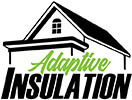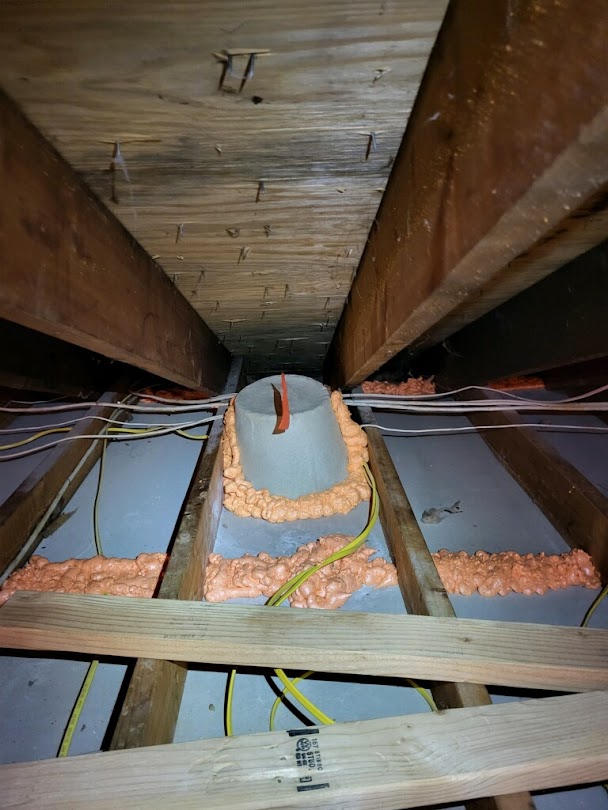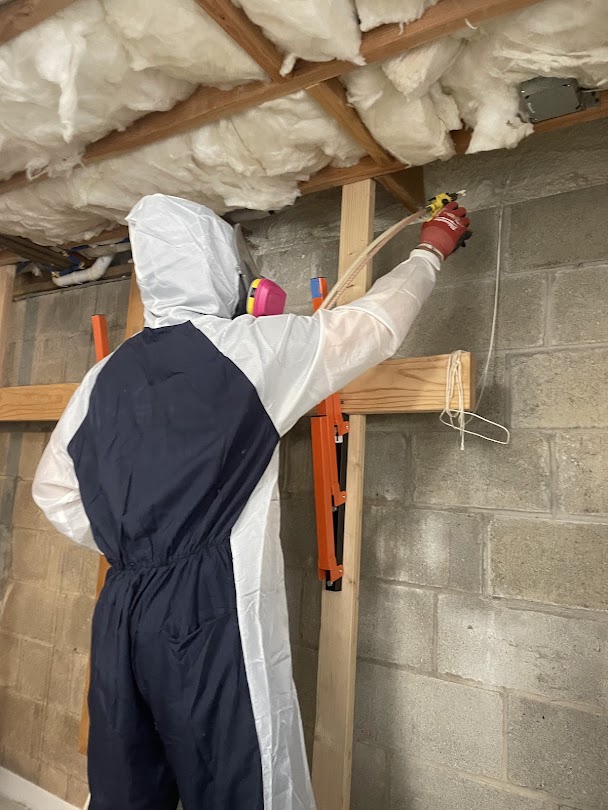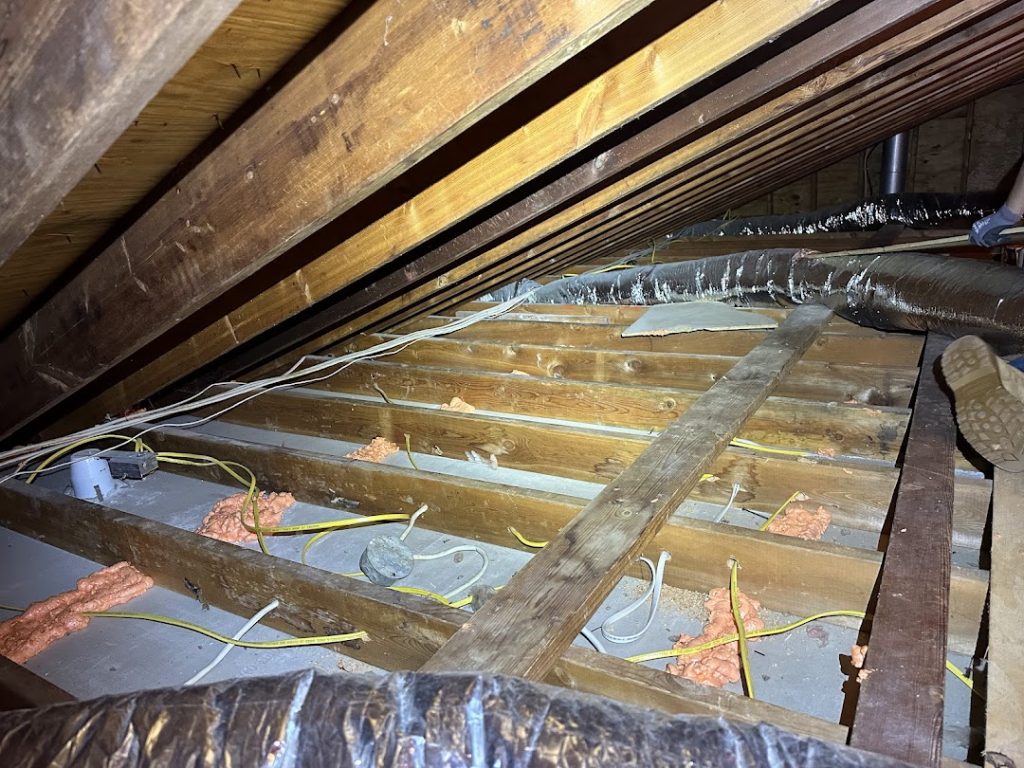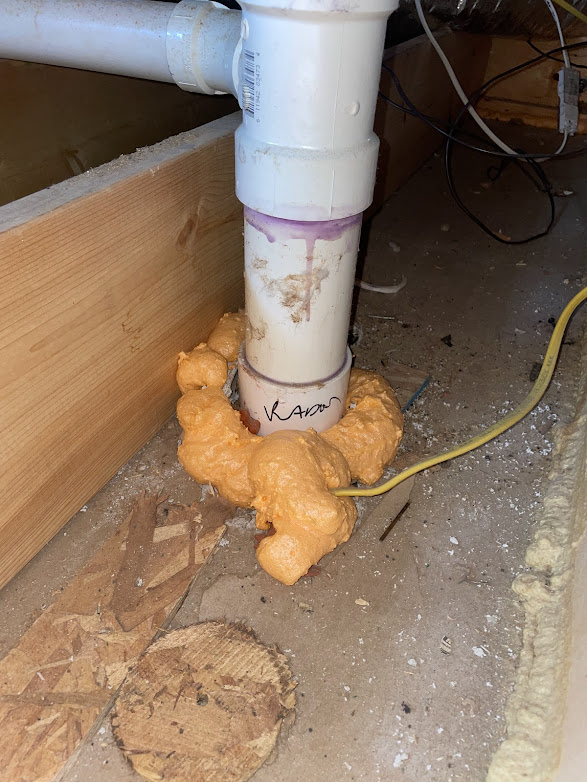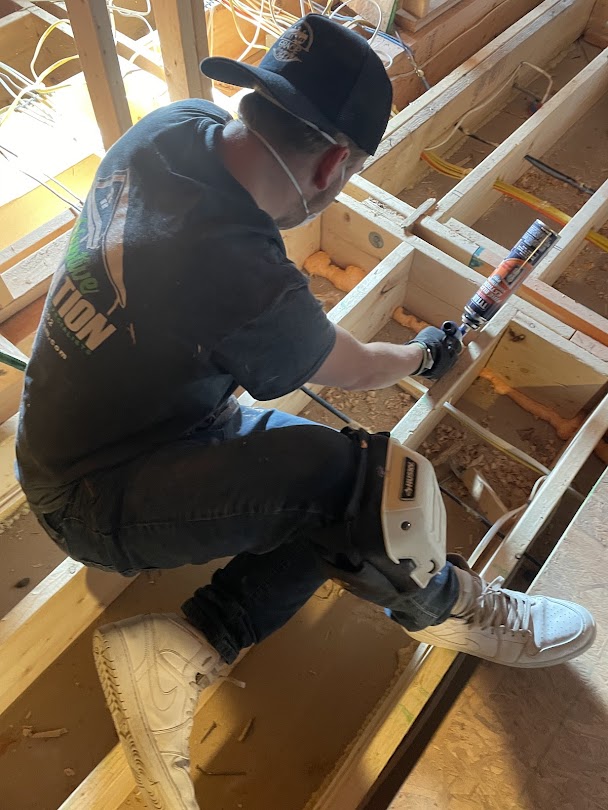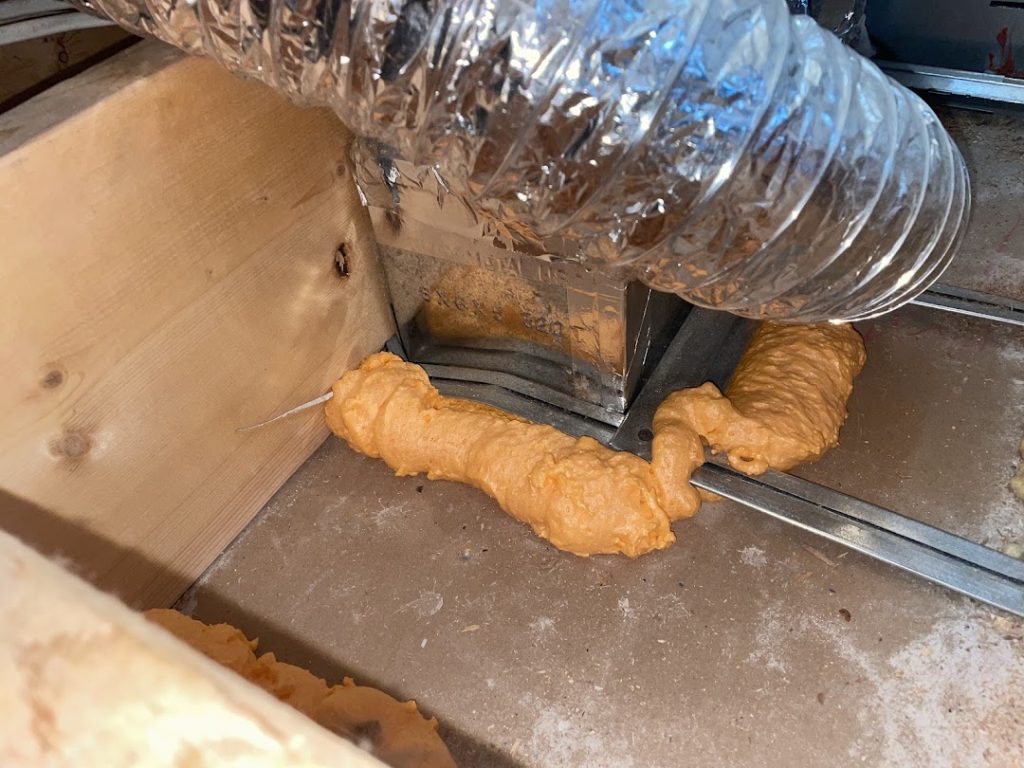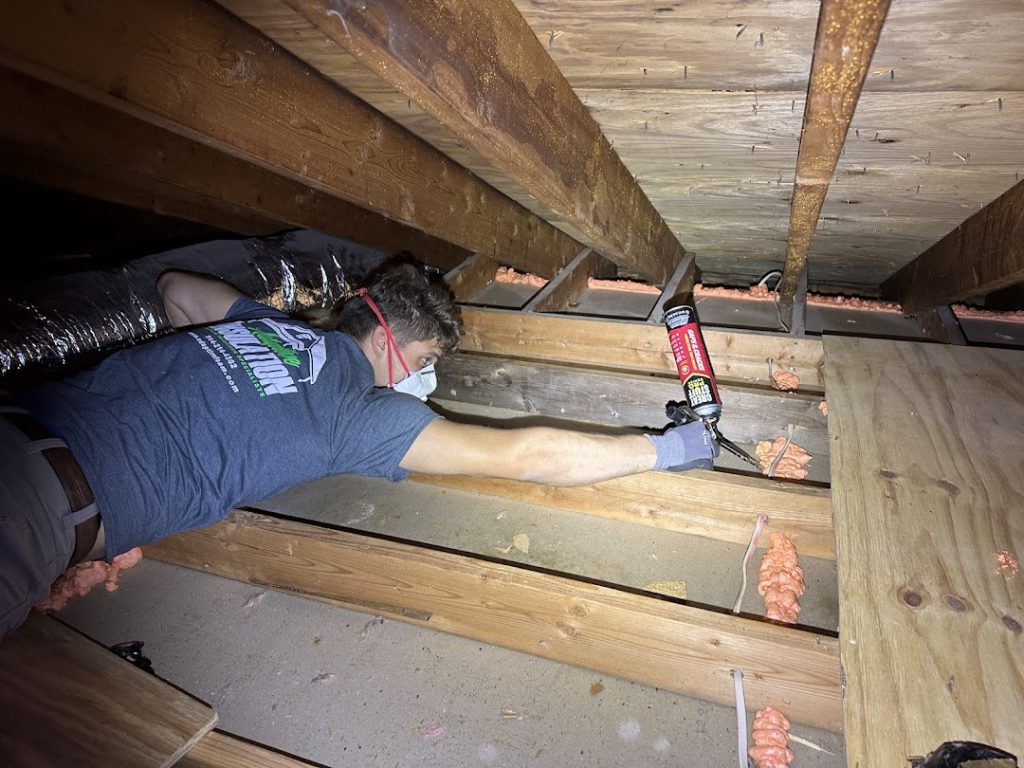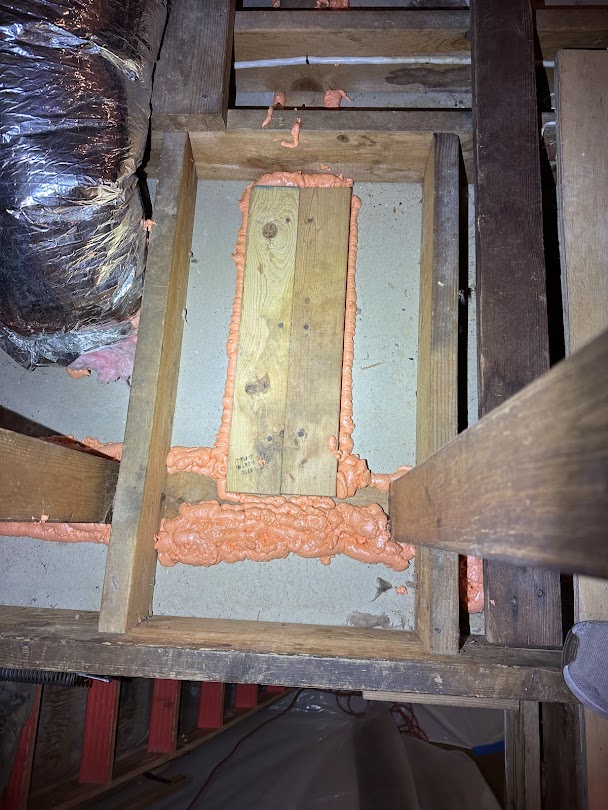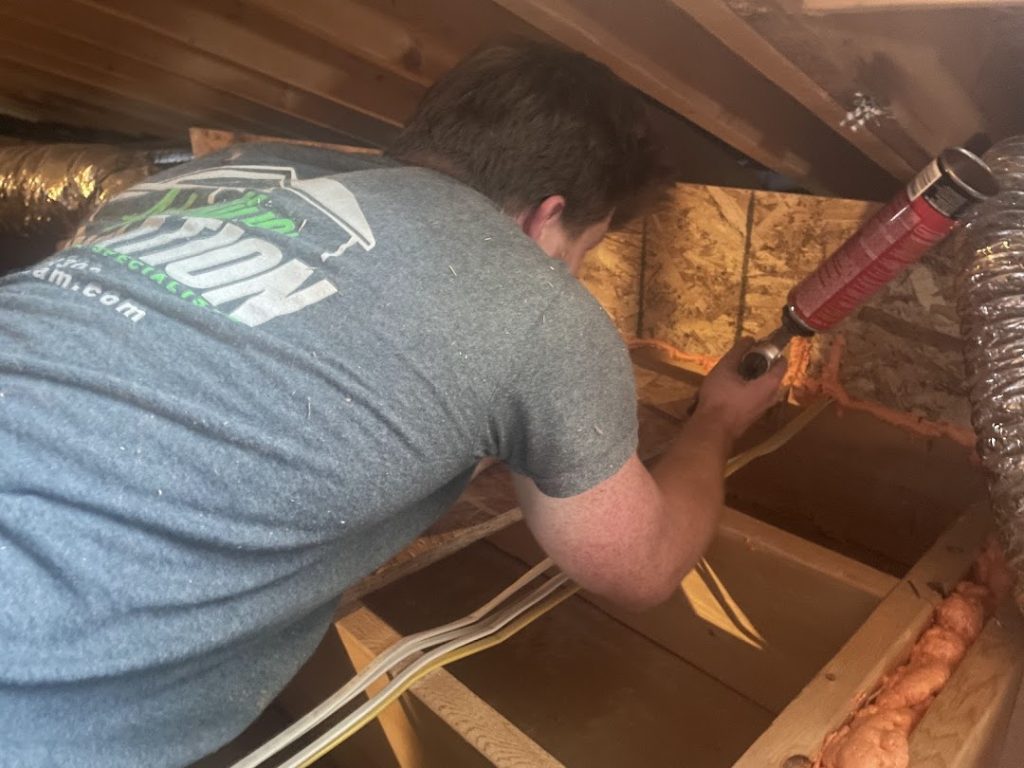The Importance of Air Sealing Before Insulation
A Focus on Attics and Adaptive Insulation
The Importance of Air Sealing Before Insulation
A Focus on Attics and Adaptive Insulation
When homeowners consider improving their energy efficiency, insulation is often the first thing that comes to mind. While insulation plays a vital role in maintaining comfortable indoor temperatures and reducing energy costs, there’s an equally critical step that must not be overlooked: air sealing. This blog will delve into the importance of air sealing, particularly in attics, and how companies like Adaptive Insulation can help ensure that your home is both energy-efficient and comfortable.
Request a Free Home Estimate
Understanding the Basics: Air Sealing vs. Insulation
Before we explore the significance of air sealing, it's essential to understand the difference between air sealing and insulation.
Here at Adaptive Insulation we say: “It is malpractice to insulate without air sealing”.
Air Sealing: This process involves identifying and sealing gaps and cracks in your home's envelope where air can escape or enter. Common sources of leaks include around windows, doors, and various penetrations through walls and ceilings.
Insulation: This material slows down heat transfer and is typically installed in walls, floors, and attics. Insulation comes in various forms, including fiberglass batts, spray foam, and cellulose.
While insulation is crucial for regulating temperature, it cannot function effectively if there are significant air leaks present. In fact, adding insulation without first addressing air sealing can lead to wasted energy and diminished comfort.
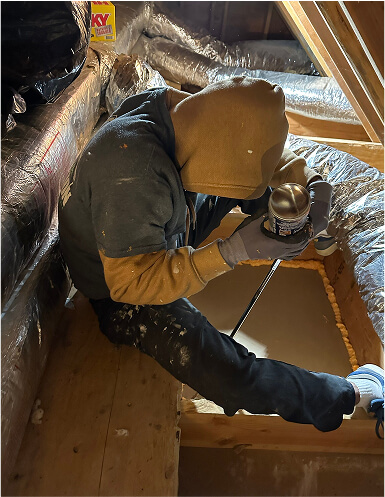
The Importance of Air Sealing Before Insulation
One of the primary reasons for air sealing before insulation is to ensure that the insulation performs as intended. When air leaks are present, conditioned air can escape and unconditioned air can enter, significantly reducing the effectiveness of your insulation. For example, if you have fiberglass insulation in your attic, any air movement can bypass it, making it less effective at maintaining a stable indoor temperature.
Common Sources of Air Leaks in Attics
Understanding where air leaks commonly occur is crucial for effective air sealing. In attics, the following areas are often culprits:
Ductwork
HVAC ducts that run through the attic can be significant sources of air leaks, particularly at joints and seams. Properly sealing these connections is essential.
Ridge Vents and Gable Vents
While these ventilation methods are necessary for attic airflow, they can sometimes contribute to unwanted air exchange if not properly managed.
Penetrations
Electrical wires, plumbing pipes, and vents that penetrate through ceilings and walls can create gaps that lead to air leakage.
Attic Hatches and Access Doors
These points are often overlooked but can be responsible for significant airflow if not sealed properly.
Knee Walls
In homes with sloped roofs, knee walls can create junctions where air leakage is common.
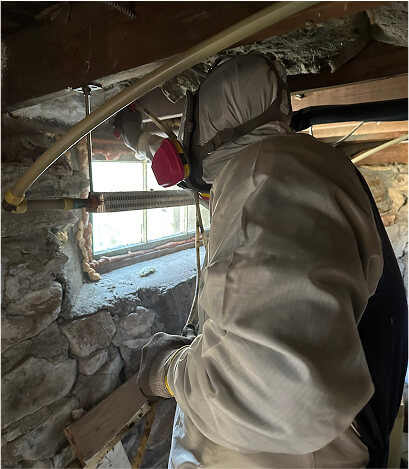
The Role of Adaptive Insulation
Adaptive Insulation is committed to helping homeowners improve their energy efficiency through innovative solutions. By focusing on both air sealing and insulation, they provide a comprehensive approach to home energy performance. Here’s how Adaptive Insulation stands out in the realm of air sealing and insulation:
Steps to Effective Air Sealing in Your Attic
If you’re considering air sealing your attic, here are some essential steps to follow. While some homeowners may choose to tackle this as a DIY project, it’s often beneficial to consult with professionals like Adaptive Insulation for the best results.
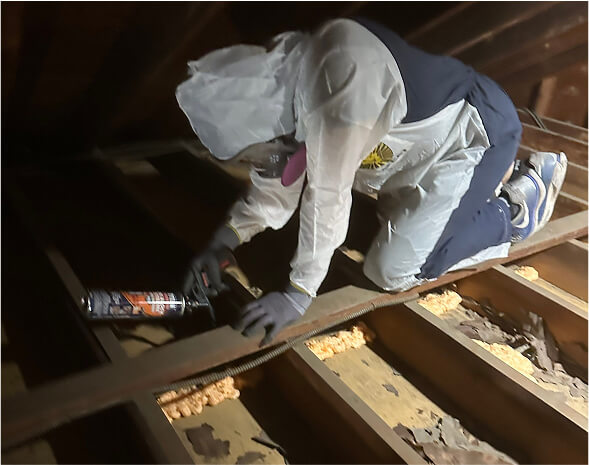
Conclusion
Air sealing is an essential step that should never be overlooked when insulating your attic. By properly addressing air leaks, you can enhance the performance of your insulation, improve energy efficiency, and create a more comfortable living environment. Companies like Adaptive Insulation play a pivotal role in guiding homeowners through this process, ensuring that both air sealing and insulation are done effectively.
As you embark on your journey to improve your home’s energy efficiency, remember that investing in air sealing before insulation is not just a smart choice—it’s a necessary one. The benefits of a well-sealed attic extend beyond energy savings; they contribute to a healthier, more comfortable home. So, take the time to assess your attic, seal those leaks, and reap the rewards of a more efficient and enjoyable living space.
Get Started
Meet with one of our Home Assessment Professionals to learn how we can help your home be more comfortable and energy efficient this winter.
